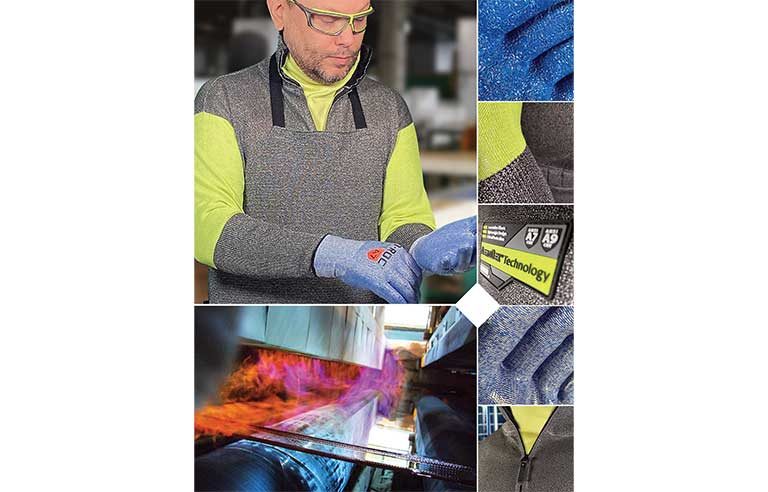Selecting protective clothing
What should safety managers look for in protective clothing to improve both safety and compliance?

Responding is Adrianna Carrera, vertical specialist, Magid, Romeoville, IL.
Historically, it’s been difficult to find protective clothing that provides both safety and comfort – especially for higher-hazard jobs. It’s an unfortunate reality that some of the most hazardous working conditions, such as working with glass or sheet metal, are also some of the least comfortable in terms of overheating. And even if you choose clothing that’s safer but not quite as comfortable, lack of comfort equals lack of compliance – and there goes your safety!
However, the advancement of new materials and technologies has opened a whole new world in protective clothing that gives you high levels of protection along with unprecedented comfort, making compliance easy and increasing overall safety. Although the first step is to analyze the potential hazard exposure and determine the necessary protection level, it’s just as important to consider the environment and pick protective clothing that takes both into account.
Old-style cut-resistant sweaters, neck guards and sleeves tended to trap heat and moisture, making the wearer miserable and putting them at risk for heat illness. The new generation of cut-resistant clothing is a complete departure from these old products, offering new material manufacturing techniques and new thread compositions for protective clothing with the highest degree of cut resistance and without the weight and thickness. These new materials are being used for cut-resistant tops, aprons, chaps, neck guards and sleeves to keep workers protected – from the neck to the ankles – without making them miserable.
Wherever possible, don’t forget to consider where your workers don’t need protection! Depending on the hazard, you may be able to choose welding jackets with traditionally protective fronts and sleeves, along with a mesh back to release body heat. Likewise, aluminized chaps can protect against molten metal while keeping the back of the legs cool. The latest cut-resistant tops are also available with cut-resistant mesh backs that have slightly lower protection than the front for workers in the glass industry who need more extreme protection facing the hazard.
Body-cooling garments have also improved by leaps and bounds in recent years. Gone are the days of slimy, chemical-laden materials that only get as cold as the water they’re soaked in and stay cool for too short of a time. The latest hydroactive technologies provide garments that cool to as low as 30 degrees below the average body temperature in less than a minute and stay cool for up to two hours. These revolutionary materials can be activated again and again on the jobsite with water of any temperature – even very hot water. With the latest offerings in head and neck coverings, as well as hats and even T-shirts that can be worn under other protective garments, these products are a game-changer for heat safety and comfort on the job. The very latest offerings include body-cooling gear that’s flame-resistant, so even more industries and jobs can get in on the relief.
Technology is improving all the time, so don’t fall back on what you’ve always chosen. Be sure you’re looking at the latest offerings in cut, impact, comfort and heat safety to protect from every hazard.
Editor's note: This article represents the independent views of the author and should not be considered a National Safety Council endorsement.
Post a comment to this article
Safety+Health welcomes comments that promote respectful dialogue. Please stay on topic. Comments that contain personal attacks, profanity or abusive language – or those aggressively promoting products or services – will be removed. We reserve the right to determine which comments violate our comment policy. (Anonymous comments are welcome; merely skip the “name” field in the comment box. An email address is required but will not be included with your comment.)

